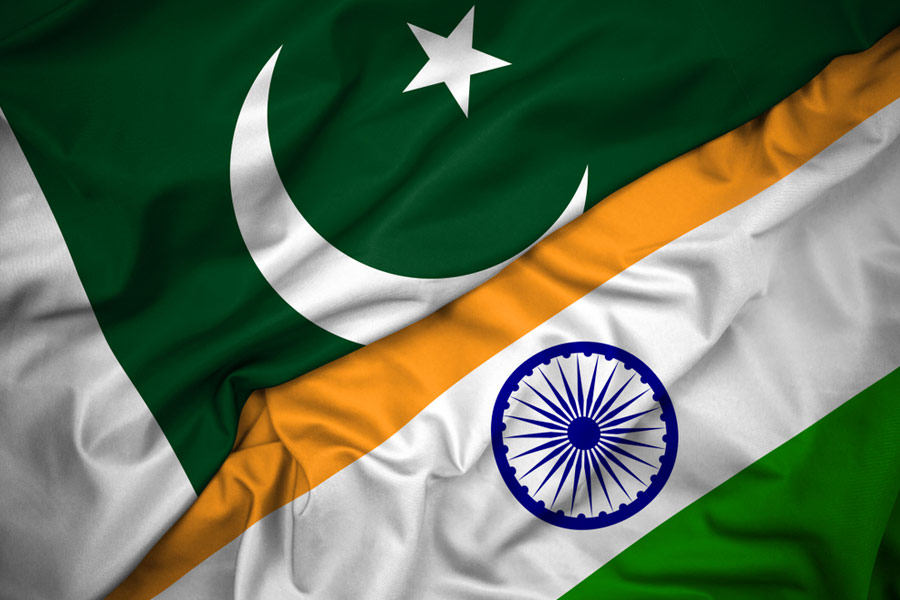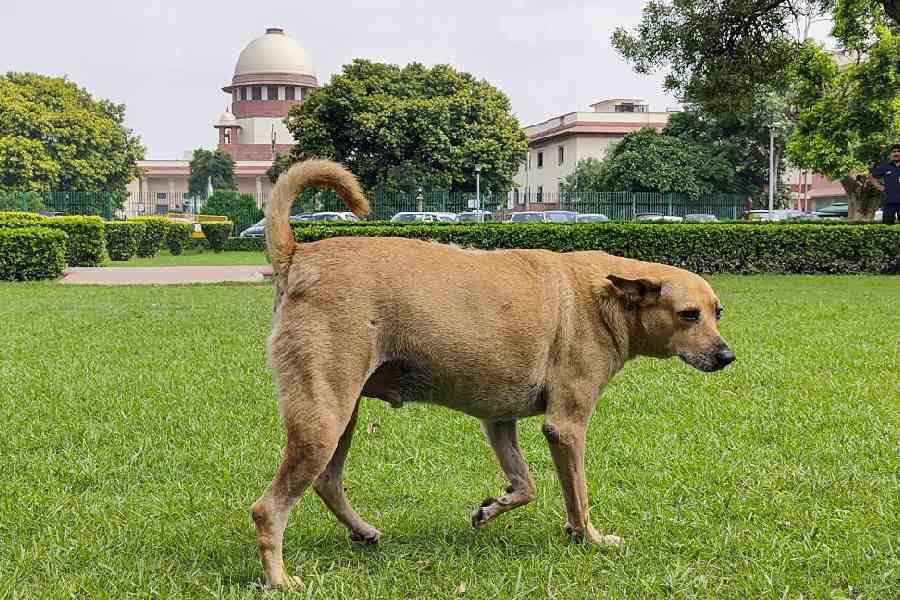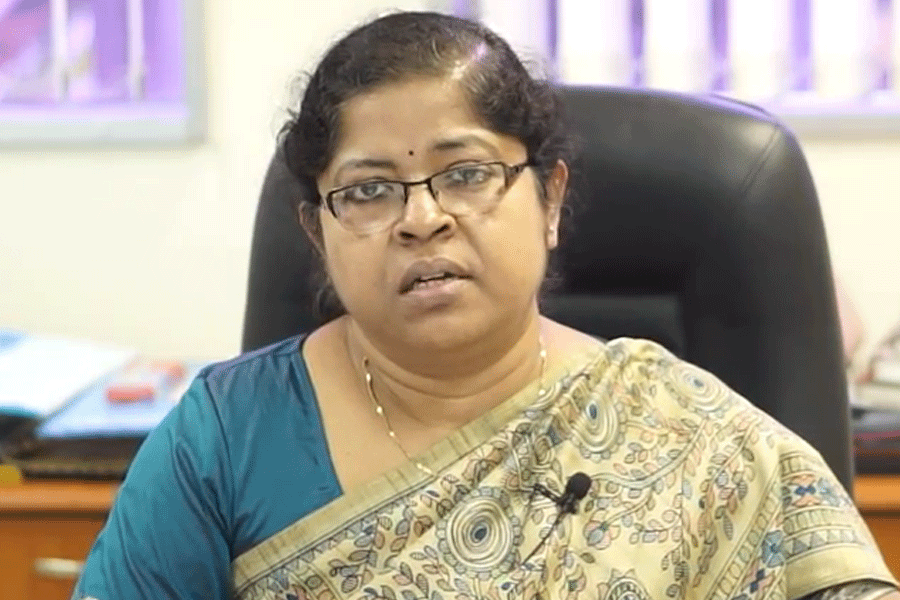
Rabindranath Tagore shared an innate bond with flowers. He loved flowers from deep within. The varied structures, myriad colours and heavenly fragrances of different flowers awed him time and again. He watched entranced, as tiny buds bloomed into beautiful flowers; from this magical creativity of nature the poet derived supreme satisfaction. The poet was mesmerised not only by the attractive looks but also by the divine fragrance of different flowers. Flowers to him were the messengers of divine beauty.
His love for flowers did not end in mere admiration of colours, structures and fragrances; he created exquisite flower gardens with his own hands. He would tend to the beloved plants himself, in spite of his busy schedule. With great pleasure he would watch the many flowers bloom. He loved to be acquainted with new plants. He had a scientist- like curiosity. If he ever saw a new unknown flower, he would be greatly curious to know its name, family etc. If he happened to see a new flower, he would call everyone in the vicinity to come and admire the bloom, and then write scores of letters to tell his friends in distant lands.

Tagore was a world traveller. In his many sojourns, he came across many foreign plants and their beautiful blooms. He loved many and with many he formed a lifelong bond. Many beautiful plants from abroad, he brought home and planted in his own garden. He formed a closer bond with these alien plants by bestowing them with beautiful Bengali names. Thus Petria Volubilis came to be called Nilmanilata, Clemantis Gouriana became Tarajhara, Gloriosa Superba is Agnishikha, Sweet Pea is Sourobhi, Acacia is Sonajhuri, Magnolia is Himchampa, Paretta Indica is Banpulak and so on. Tagore, in his poems and songs, mentions so many and such varied flowers, it leaves the reader surprised. His poetry embraces all — flowers from aristocratic gardens, flowers from the wild as also flowers from foreign lands, with equal ease.
Camellia
The flower Camellia was a great favourite of the poet. This small bushy plant, an original inhabitant of China and Japan, grows very slowly. Its shiny dark green leaves resemble the leaves of the tea plant. The flower has a structure very similar to a rose. The colours vary, from white, to pink, to red. The flower lacks fragrance. The soft and fleshy petals of the Camellia give it a wax-like look. On first seeing the flower in Mongpu, at Maitreyee Devi’s house, the poet had exclaimed in wonder: “It is a wax flower.”
Once, the poet on a whim, decided to spend a few days in a lonely corner of Santhal Parganas. His luggage included a small potted plant. The poet could not find a good house on rent, so he decided to stay in a tent near a small river under a shady Sal tree.

The surroundings were idyllic; squirrels would scamper around and chitter the whole day, while blue mountains could be seen in the distant horizon. A Santhal girl would come every day for the house work. The poet religiously watered the potted plant each day.
And then, one day a flower bud appeared. He decided to stay on till the bud bloomed into a flower. One morning he realised that the bud would bloom in the afternoon. To his utter surprise, neither bud nor flower was there in the afternoon. He called the girl; she came and asked, “Babu, dekechhish kene? (Why did you call me, Babu?)” He saw a red flower beautifully tucked on her ear, her dark face brightened by the red glow of the flower. He replied, “Eijonne (For this reason)”
To the poet, it seemed that the beautiful flower had found the right destination and he went on to write a memorable poem on this incident. The poem, included in Punascha introduces the Bengali reader to this beauteous flower Camellia:
Tnaabur modhye boshe tokhon porchi detective golpo
Baire theke mishti surey awaj elo
‘Babu dekechhish kene?’
Beriye eshe dekhi Camellia
Saontal meyer kaney
Kalo galer upor alo korechhe.
Shey abar jiggesh korlo, ‘Dekechhis kene?’
Ami bollam, ‘Ei jonnei.’
There are about 80 species of Camellias. One of them is the Bengalis’ well-known and favourite beverage, Tea. The scientific name of Tea is Camellia Chinensis. The white camellia is Camellia japonica.

Rhododendron
There are over 300 species of Rhododendron in the world, of which 126 species bloom in India alone. All of them are seen in the Himalayas.
Though technically not a foreign flower, this flower is relatively unknown to the residents of the plains of Bengal.
Rabindranath saw this flower in many places, both in India and abroad. The flower can be seen in many countries of Europe and the Americas, as also in China and Nepal. In India, this flower blooms in Darjeeling, Kalimpong, the Shillong hills etc.
The flowers are of many colours; varying from red to white to pink to light violet. Tagore has profusely praised the red Rhododendrons in his poems.
Many of us are familiar with the famous poem of Amit Ray in Sesher Kobita —

Nai amader konokchanpar kunjo
Bonobithikay kirno bokulpunjo
Hothat kokhon sondhebelay
Namhara phul gondho elay
Probhat belay hela bhore kore
Arun meghere tuchchho
Uddhoto joto shakhar shikhore
Rhododendron guchchho
This medium-to-large-sized evergreen tree has lots of leaves. Its well-knit canopy traps the sunlight and the base of the tree always remains dark. Flowers come in the form of small dense inflorescences, somewhat pointing upwards. Flowering is profuse; the tree looks inundated with flowers. The roads in and around Darjeeling-Kalimpong and the Shillong hills, smile with the red and white of this flower in spring. The scientific name of the red Rhododendron is Rhododendron Arboretum. It is called Guras in the Darjeeling hills. Although Tagore was fascinated by this flower, he did not bestow it with a Bengali name.
Tagore in his creation of such endearing bonds with distant flowers has not only enlightened the Bengali reader but also in his own inimitable way drawn the world closer home.











